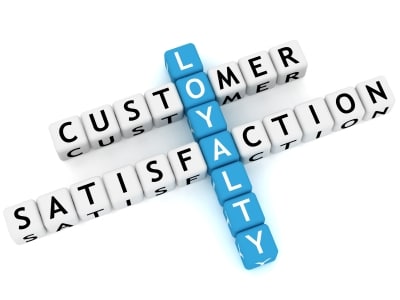Many marketing concepts and principles we utilize today are from long before the internet was ever around (although there is a debate regarding this matter).
What’s important to note, if you are of the old concepts and principles camp, is that those same concepts must be redefined and then applied to our current online marketing strategies. Khalid recently wrote a post about the AIDA model, which is a 1920s marketing concept.
The post demonstrates that old marketing concepts still hold; however, it’s important to adapt the concepts of pre-online marketing and sales to our ever-changing online arena.
When we talk about the marketing funnel – its basic structure is the standard sales funnel that we are all accustomed to. We refer to it here at Invesp as the “buying stages” and actually have a complete framework element dedicated to it. The framework element is basically focused on anticipating where and what to present the visitor with whilst anticipating which buying stage they are at. So how has this marketing funnel changed over the years?
The process used to be linear: a user enters at a specific buying stage after receiving some type of marketing message that drove them to your site, and you simply persuade them from that point on until they are customers.
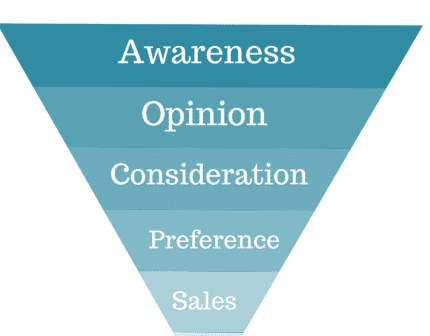
However, nowadays, the speed at which brought your visitor to your site, you must expect that their continuation will unravel at an even faster speed if the buying process is not fortified. How and with what can fortify your sales funnel? The answer goes back to not only getting customers to stick, but countering competitors from getting to your customers with increased retargeting tactics, as well as developing a loyal following that will be marketing on your behalf. This requires your sales funnel to transform to a consistent marketing machine. In this blog, I will focus on the marketing involved once they actually land on your site.
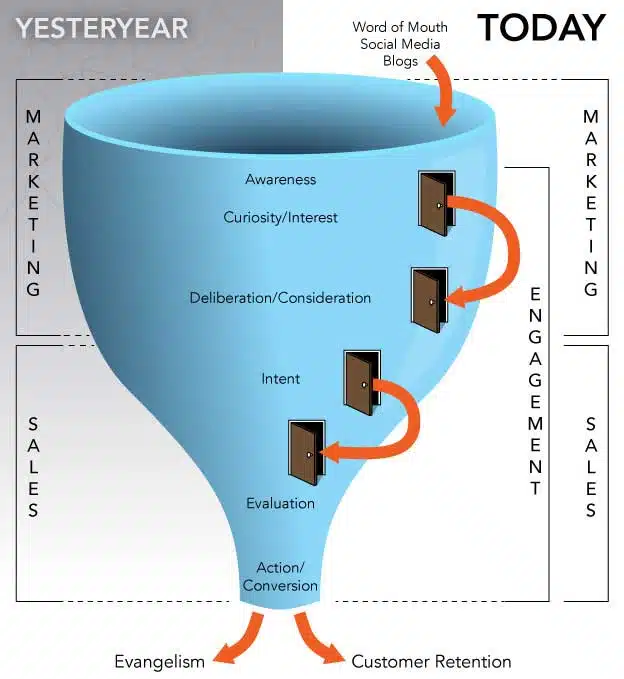
It’s important to note, however, this concept makes conversion optimization one of the most important, prime marketing activities that must be deployed across your website and processes on a continuous basis. This isn’t about deploying a couple of tests here and there. This is about constantly optimizing and matching the marketing methods and messages that brought your visitors to you in the first place. Additionally, repeat customers are great, but who makes up your tribe (loyal customer following)? Who are your most committed group of followers that creates buzz about your product or service? A successful marketing funnel needs these raving fans more than ever now. The way to get them is through engagement: one of the Conversion Optimization Framework elements that many companies under-value and under-utilize.
How can you ensure you have a solid funnel to maximize the number of conversions and “tribe” members? There are some standard rules of thumb that apply for all stages of the buying stages:
- Pop-ups: Who likes pop-ups? Nobody really. However, the effectiveness of them is has not been lost on marketers. Pop-ups can be a nuisance to visitors, however marketers, at this point in time, can’t quite overlook and abandon them.
- They are very effective in capturing lead information for email marketing, which happens to be one of the MOST effective methods of successful marketing and returns.
- Design them well, make sure you have something very compelling to offer the visitor in order to capture their information, and store those leads in an email list where you create a very targeted campaign for them.
- Sort your leads and prospects into categories because the marketing messages will vary depending on how invested they have become and what actions they’ve taken thus far on or around your site.
- Utilize them to gather survey data on how your visitors feel about the website, what you can do to improve the experience, etc.
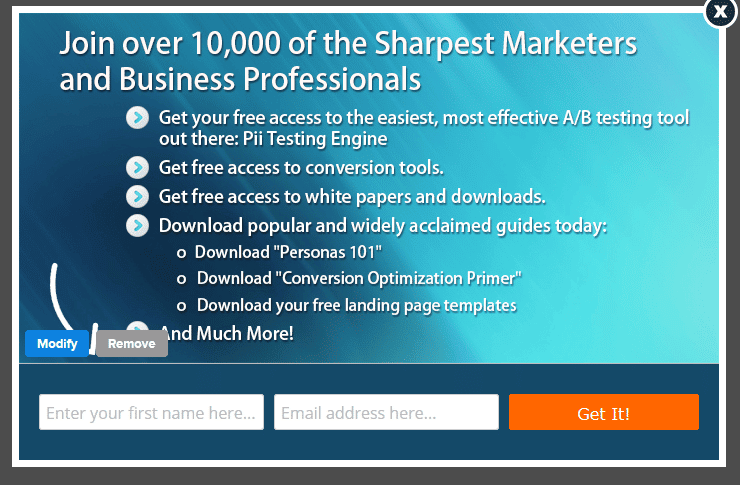
- E-mail Marketing: Once I’ve captured the leads, I need to segment them into groups and create drip-marketing campaigns for each group. Consider each of the following when create an email campaign
- The from (who): very often overlooked but quite important
- subject line: lots of testing can be done on the subject line and each segment of your buying cycle will be persuaded by different messaging.
- title of the email: this is also a key are that is sometimes overlooked and doesn’t offer enough continuity and hook for the reader.
- content of the email: it will of course vary for each stage and each group of leads. Consider your offering, what makes you unique, and why purchasing from you will solve a need or want in the lives of your “leads.”
- Content Plan: Now this will be reiterated below, however, depending on your visitor and where they are in the sales funnel, you want to create content that will attract and impact them. Infographics and introductory videos are best suited for visitors at the “awareness” phase, and more detailed information, reports, comparison studies for later buying stages.
The marketing funnel can be divided by the visitor’s investment in your site and/or service and products. For the purpose of this article, I’ve divided the group into 3 main categories:
- Leads
- Prospects
- Consideration
- Intent
- Comparison Shoppers
- Customers: Ambassadors or your tribe
Leads
Some people are visiting your website by mere accident; some land there because they purposely clicked on an ad of sorts to learn more about you. However, the majority of them bounce off and exit faster than they arrived to your site. How can you capture the maximum number of “leads” for further marketing to them?
- Continuity: Surprisingly this is still a common mistakes websites make. Your visitor has arrived from a certain location, one way I can make sure they don’t bounce away is that the messaging that brought them to the site is “continued” on the page (same look, feel, content, design). So this means better more optimized landing pages, and ensure that headlines match what the user will be seeing.
- Diversify your offering: Consider all the service or products to your website, depending on who comes and what stage in the buying stage, appealing to them by packing your offering differently to appeal to the different stages and personas is key (show the dish ad).
- Banners/Messaging: I’m a big fan of banners. I’ve been doing conversion optimization for over 10 years, and targeted banners in the right location have worked. Of course, fine-tuning the messaging on these banners is what’s most challenging. But when you find that optimized message, your banner can have quite an effect on the moving the user forward through the different buying stages (and right along the marketing funnel).

- Email marketing: Once you capture your visitor’s email, make sure you have a campaign ready for them. What can you send them – at such an early buying stage – that will impact and convert them over to the next level?
- Videos: Videos are a great way to give information to your visitor. Videos have become more popular overtime, but the visitors don’t have a lot of patience. That is why the videos need to be razor sharp focused in the images and the content they display.
- Gamification: For more mass appeal, gamification can increase recognition, engagement, flow and loyalty amongst leads and prospects. These are essential ingredients for a more fortified marketing funnel. However, gamification comes with its own sets of challenges: it can be expensive to develop and it can cause a disconnect if not focused and well thought-out.

- Infographics: They have grown in popularity. They are a successful method for displaying content creatively. You can even combine gamification and infographics by making the information interactive to the visitor. They are also used for viral marketing hooks, so can get an influx of visitors to your site that you will need to engage and lead through your marketing funnel.
Prospects
So this is the stage where the visitor has shown interest in the product or service. Prospects themselves can be divided into a number of different phases: consideration phase 45%, intent phase 25%, and those that are comparing 30%. These are visitors that are hooked, and for some the hook is deeper than the rest, so what can you do so that your site as “sticky” as possible and to maintain engagement?
- Value proposition clarity: Your value proposition is more important than ever. It has to be present on every page, anticipating your prospect buying stages as well as personas.
- What makes you unique and stand out amongst the competition?
- What need or want are you meeting for the different personas that are coming to your site?
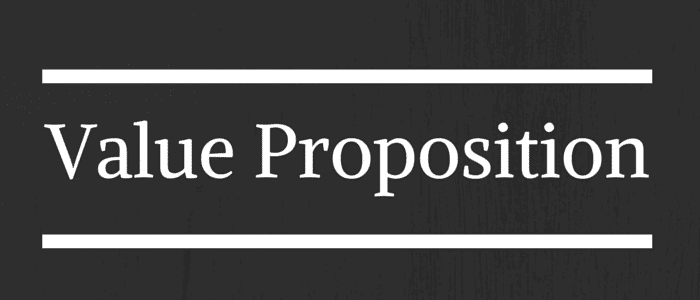
Value proposition can be present in the form of content and design, and must be consistent throughout your site. Value proposition impacts all levels of the “prospect” phase, as well leads who enter your site without quite knowing what you have to offer.
- Displaying Alternatives: Cut to the chase, whether customers have intent or they’re already in the comparing phase, give them what they’re looking for: let them see the alternatives out there. This is a tricky area, however, if don’t correctly can establish you as the authority, whilst giving your prospects the comfort of knowing why they’ve chosen you, as opposed to others out there.
- Multiple navigational methods and clear next step indicators: So you’ve gotten that initial hook in your visitor, and they’re ready to move forward – but wait – how do they get to the product or service page they are looking for? How do they get more information about this one feature that hooked them in the first place? One of the top mistakes many service and product providers make is assuming that visitors will know how to get form point A to point B on your website. Visitors are very often confused and disoriented with your website design. And its your job to anticipate this confusion and provide as many navigational paths and next step indicators as you can.
- Clear information: Not only do sufficient and multiple navigational paths need to be present, but clear information in the form of descriptions, benefits, features, videos, guides, etc. need to be easily accessible and available for those visitors that like to dig for more and know more. You need to consider the visitors that are considering, have intent, and those that are comparing. How and what type of information do each of these visitors need to see – and how can you make that information easily accessible.
- Retargeting Ads: Competitors are using them, and you should too. Make sure you keep reminding your prospects of who you are and what they recently visited (this is especially helpful on ecommerce sites where they include retargeting ads of recent product page visited).
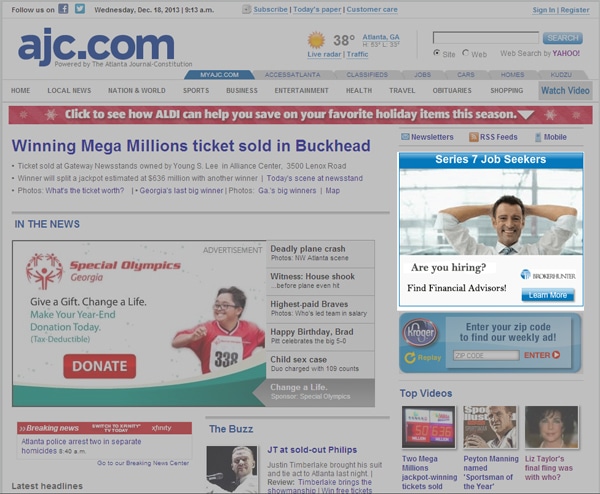
- Targeted content, descriptions: At this phase it’s key to give your visitor the targeted content that will help them make the purchase. This can be articles that establish you as an authority in your industry, targeted descriptions and benefits of the product and service you are interested in, and finally, targeted videos with compelling information that will help them move forward.
- Testimonials/Reviews: In order to adhere to social proof and appeal to the caring persona in your different prospects, make sure to include reviews. Good and bad reviews are equally important. The placement of these reviews and testimonials should be tested.
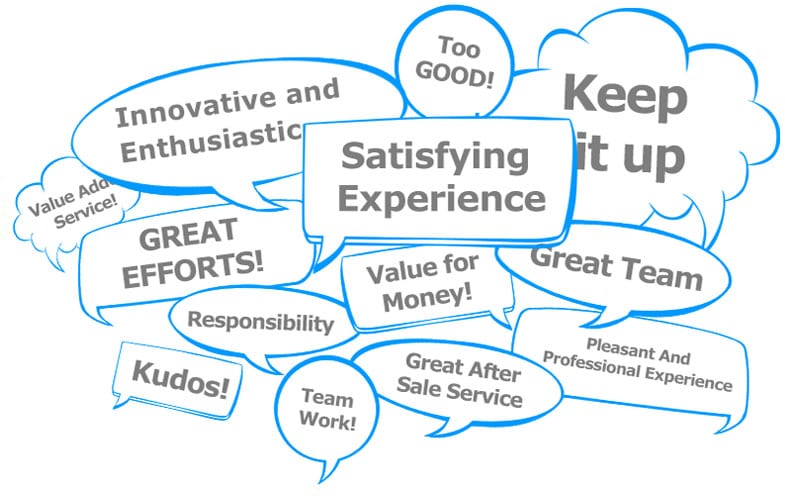
Customers
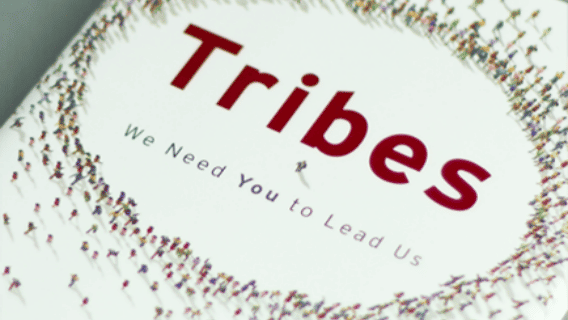
What we refer to as “Tribal Members,” or “Ambassadors.” Arguably the most important group of site visitors you need to curate and nurture. Google is recognizing the importance of having a tribe as well, which means that without it you can expect to continue and see your rankings drop. Who are these Ambassadors anyway, and what do they do? These are those committed loyal customers, that not only come back for more of what you offer, however, they are another voice that comments, buzzes, tweets, and shares about your company, your site, your content, and what you have to offer.
- Customer relationship and service: Stellar service and quick turnarounds are what will keep your customers coming and buzzing. Even considering the packaging and how it looks and what it says about your company and service goes a long way in the customer’s mind. A good friend of mine started a company and packaged her items in lovely scented paper and beautiful branding stickers and cards. This helped her really create brand loyalty and capture more hearts and minds.
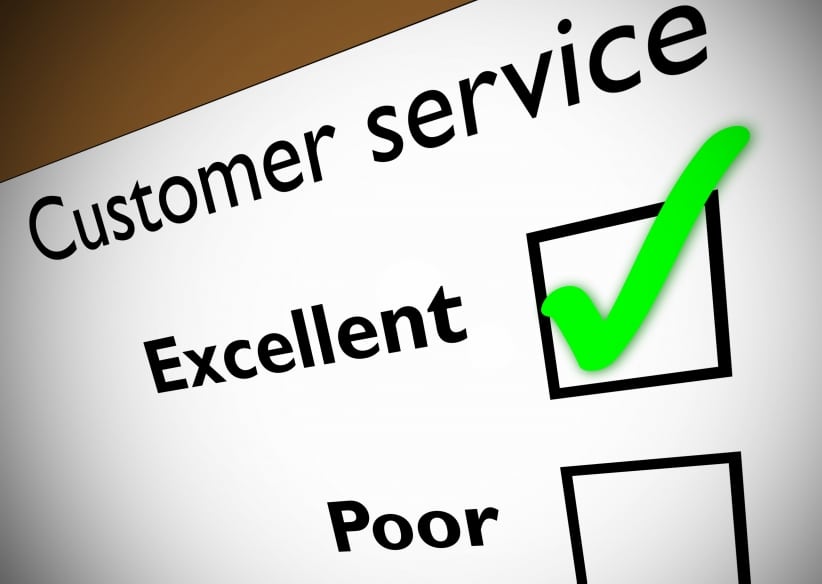
- Email newsletters and updates: Keep your customers in the loop. Of course, make sure you provide an opt-in for this group in particular because you want them to share your stuff. But you need to really pay attention to what you’re including in the content of that newsletter. It must be information and materials that are relevant (and answers a need and want) to this “loyal” group of customers.
- Special Offers: Special deals and discounts that are offered only to your subscriber list makes your customers feel that sense of loyalty and trust in what you have to offer. Don’t hesitate to offer them % discounts for one day only (for example) to establish loyalty and trust and to keep following up on your emails and encourage their close circles to become loyal customers as well.

- Contests and giveaways: When Ideel.com (formally known as ideeli.com) first launched their site, they offered a free $25 credit for referrals. This was an excellent way for them to grow their list of loyal customers and new leads.
- Customer loyalty programs: From the Starbucks, to major airline companies; loyalty programs keep customers buzzing and coming. Make sure, however, that your loyalty programs offer something significant and worthwhile for your loyal customers to buzz about.
